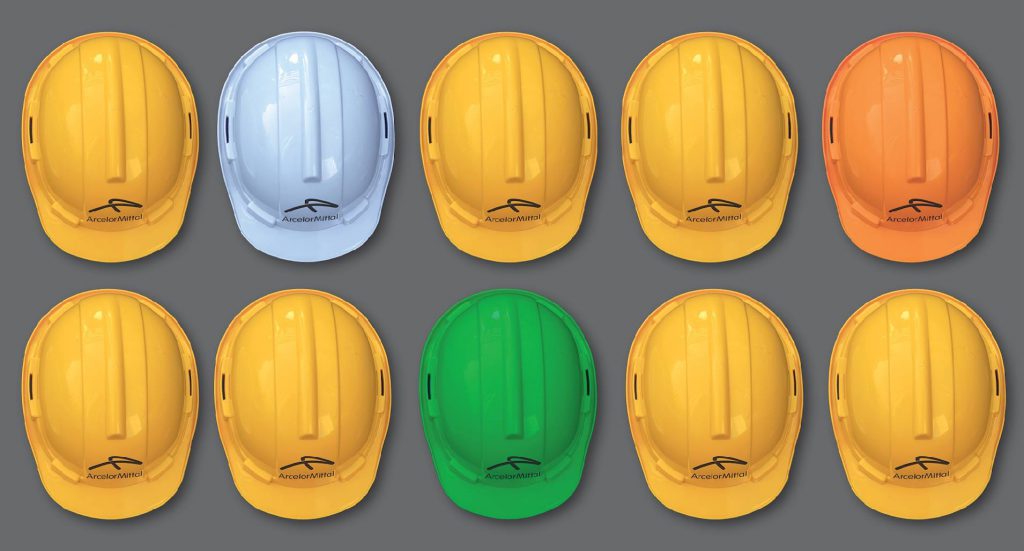
The company aims to “significantly reduce our carbon footprint by 2050.”
Today is World Environment Day, a global United Nations event defined as the “’people’s day’ for doing something to take care of the Earth.”
There’s a host nation each year for the event — this year it’s China, LOL — but also Dave Matthews is a celebrity ambassador, so it’s pretty legit.
In any case, the Alliance for American Manufacturing has long held that American companies and workers have a role to play in reducing carbon emissions and improving the environment. Many already are leading the way, from individual companies like Aardvark Straws, which is helping Americans ditch harmful plastic straws, to the 1,200 U.S. factories and 288,000 American workers who are building clean, fuel-efficient vehicles.
Then there’s steel company ArcelorMittal, which recently unveiled its Climate Action Report, the company’s game plan for cutting its global emissions in line with targets adopted by world leaders in the 2015 Paris Agreement.
ArcelorMittal is the world’s largest producer of steel, and it has an extensive presence in the United States, employing more than 18,000 people at 27 operations in 14 states and Washington, D.C. As such, it’s a leader for the entire steel industry, which accounts for 7 percent of total global emissions worldwide (although it’s worth pointing out that China — which has a steel overcapacity problem to begin with — is driving quite a lot of those emissions).
But I digress.
As ArcelorMittal outlines in the report, the company already has taken a number of steps to reduce its carbon footprint, including making major investments to adopt new technologies and producing innovative new products like S-in motion, an advanced high-strength but lighter steel that is used in automobiles, helping to further cut emissions.
Looking ahead, ArcelorMittal is aiming to do even more, including becoming carbon neutral in Europe by 2050. Next year, it also plans to unveil a new 2030 target for reducing its overall emissions.
Doing so is a major challenge, especially considering the demand for steel is expected to rise to 2.6 billion metric tons by 2050. ArcelorMittal plans to tackle the challenge in three pathways, enabling the company “to pursue the appropriate option depending on the pace of technology and public policy development” in its various locations:
- Clean Power Steelmaking: Using clean energy sources to power hydrogen-based steelmaking, and longer term for direct electrolysis steelmaking;
- Circular Carbon Steelmaking: Using circular carbon energy sources like waste biomass to displace fossil fuels in steelmaking;
- Fossil Fuel Carbon Capture: When the current method of steelmaking is still in place, capturing and storing the carbon rather than emitting it into the atmosphere.
But while ArcelorMittal is taking on the technology challenges, policymakers also will have a role to play in helping the industry reduce emissions. CEO Lakshmi Mittal writes in the Financial Times that the “technology challenge… may be the easier part of the problem to solve. The harder part relates to the political complexities, which are considerable.”
Mittal writes:
If the world is to successfully address climate change, the answer is not for one region to outsource its carbon footprint to another and claim victory. Rather, any country or region that wants to play a leading role in reducing emissions needs policies in place that build a low-carbon industry.
What this means in practice is that lawmakers must create an environment that fosters innovation and ensures a level playing field. No industry can decarbonise by itself. There must be collaboration and partnership between political, business and civil society leadership to establish a system that supports and enables sustainable decarbonization.
Mittal is right, of course. A lot of players are going to have to get onboard to reduce carbon emissions — this isn’t the job of any one individual company, country, or industry.
But the good news is that there are companies like ArcelorMittal who are willing to lead the way — not just with words, but by taking real action.
